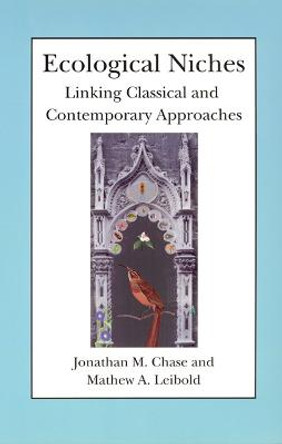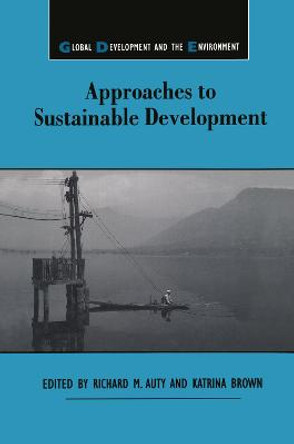Description
Most of ecology is about metabolism, the ways that organisms use energy and materials. The energy requirements of individuals (their metabolic rates) vary predictably with their body size and temperature. Ecological interactions are exchanges of energy and materials between organisms and their environments. Therefore, metabolic rate affects ecological processes at all levels: individuals, populations, communities and ecosystems. Each chapter focuses on a different process, level of organization, or kind of organism. It lays a conceptual foundation and presents empirical examples. Together, the chapters provide an integrated framework that holds the promise for a unified theory of ecology.
The book is intended to be accessible to upper-level undergraduates and graduate students, but also of interest to senior scientists. Its easy-to-read chapters and clear illustrations can be used in lecture and seminar courses. This is an authoritative treatment that will inspire future generations to study metabolic ecology.
About the Author
ABOUT THE EDITORS
Richard M. Sibly is Professor in the School of Biological Sciences at the University of Reading where he teaches Behavioural Ecology and Population Biology. He researches metabolic ecology questions with members of Jim Brown's Lab at the University of New Mexico and also works to promote the use of Agent Based Models (ABMs) more widely in ecology.
http://www.reading.ac.uk/biologicalsciences/about/staff/r-m-sibly.aspx
James H. Brown is Distinguished Professor of Biology at the University of New Mexico, Albuquerque. He led the development of the Metabolic Theory of Ecology on which this book is largely based. He has a long history of research in biogeography and macroecology, taking a large-scale statistical approach to questions about abundance, distribution, and diversity.
http://biology.unm.edu/jhbrown/index.shtml
Astrid Kodric-Brown is Professor of Biology at the University of New Mexico, Albuquerque. Her research interests include the behavioral ecology of freshwater fishes, especially the evolution of mate recognition systems and their role in speciation in pupfishes (Cyprinodon); the allometry of sexually-selected traits; and community structure and conservation of desert fishes.
http://biology.unm.edu/biology/kodric/
Reviews
"If you want a thorough, up-to-date coverage of research based upon the MTE and its many applications, this book is a must-read." (Ecology, 1 January 2013)
"Intended to be accessible to upper-level undergraduates, the book should be widely-read by anyone who seeks a more powerful science of ecology." (British Ecological Society Bulletin, 1 December 2012)"The book is copiously illustrated, and the complex mathematics limited and treated discreetly so the nonmathematician can follow the logic. A necessary read for ecologists. Summing Up: Highly recommended. Upper-division undergraduates and above." (Choice, 1 November 2012)
Book Information
ISBN 9780470671528
Author Richard M. Sibly
Format Paperback
Page Count 392
Imprint Wiley-Blackwell
Publisher John Wiley and Sons Ltd
Weight(grams) 846g
Dimensions(mm) 246mm * 189mm * 18mm



![Scaling in Ecology with a Model System [MPB 64] by Aaron M. Ellison Scaling in Ecology with a Model System [MPB 64] by Aaron M. Ellison](https://cdn11.bigcommerce.com/s-zkx5lhzlf8/images/stencil/444x444/products/925890/925601/9780691222776__03276.1687832822.jpg?c=1)
![Scaling in Ecology with a Model System [MPB 64] by Aaron M. Ellison 9780691172705 Scaling in Ecology with a Model System [MPB 64] by Aaron M. Ellison 9780691172705](https://cdn11.bigcommerce.com/s-zkx5lhzlf8/images/stencil/444x444/products/2188786/2188138/9780691172705__16871.1709437777.jpg?c=1)



